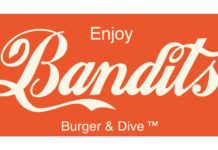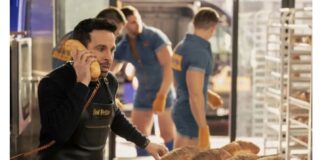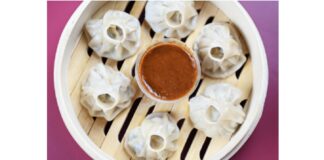
Several months back, we published a public service announcement of sorts on why it’s beneficial to ask for a cash register receipt when ordering fast food. A story at the website Liftable provides a strong rationale for checking the total on every restaurant tab you receive against the amount on your online bank statement.
The protagonist of the story is a woman named Whitney Anderson, who was out to dinner with her family. At meal’s end, she was presented with a bill for $45.50. She added in what she believed a generous tip of $10 — an almost 25% of her bill.
But the following day, when Anderson checked her bank statement, the total was $65.50, not the $55.50 she had written on the customer’s copy of her bill at the restaurant. Somewhere along the line, her generous tip had doubled.
She returned to the restaurant and confronted the management.
But they seemed uninterested in fully addressing the borderline fraud that one of their employees had committed. When they handed her the receipt, she received a customer copy instead of the merchant copy she’d signed.
“I was like before you give me that, is that the merchant copy or customer copy,” she asked. “He looked at it, opened it and was like, ‘It’s the customer copy’.”
With that, Anderson knew that her waitress had thrown away the merchant copy and filled out a customer copy with a fraudulent signature and tip.
When the media got wind of the story and published it, the restaurant relented. This time, it was they who demonstrated their “generosity” by offering to refund the entire amount of the bill.
Anderson, meantime, discovered that the waitress who scammed her had been fired from previous jobs for the same offense.
I am in no way impugning all restaurant help, especially since I once waited tables myself. While I like to think that most people in business are honest, it never hurts to double-check.
See also…














